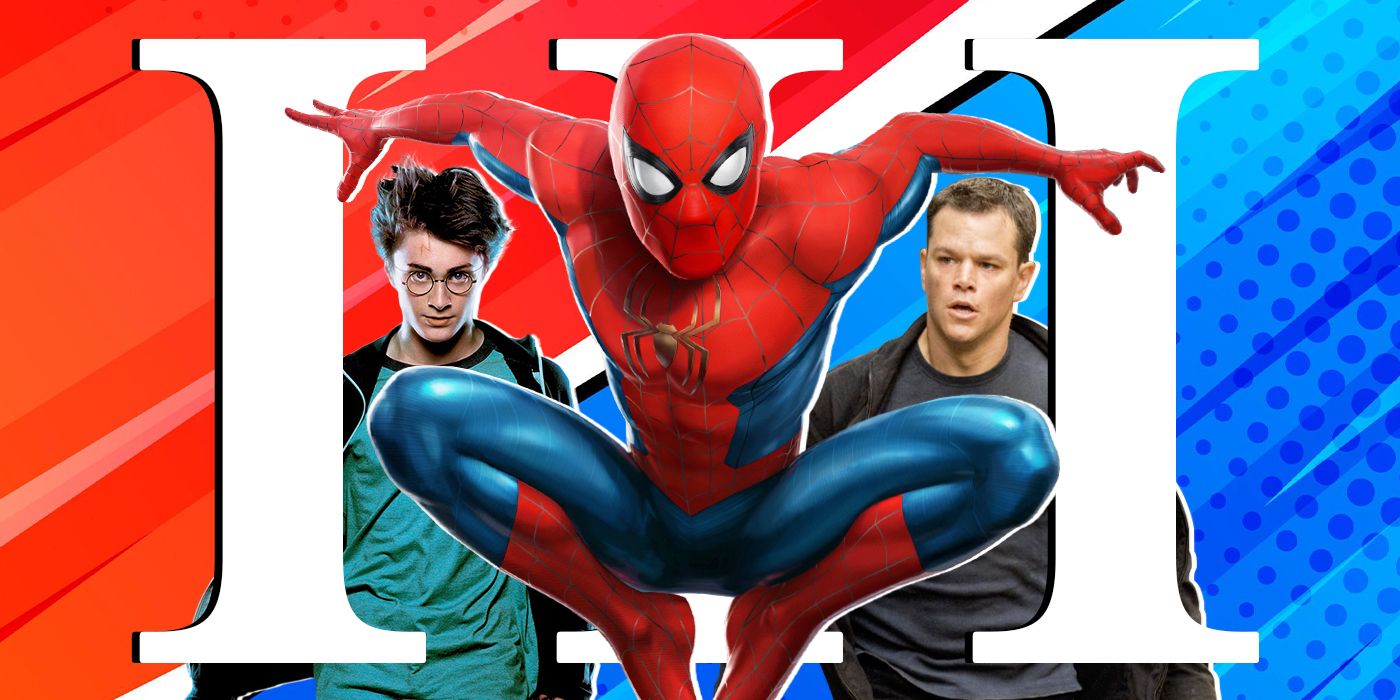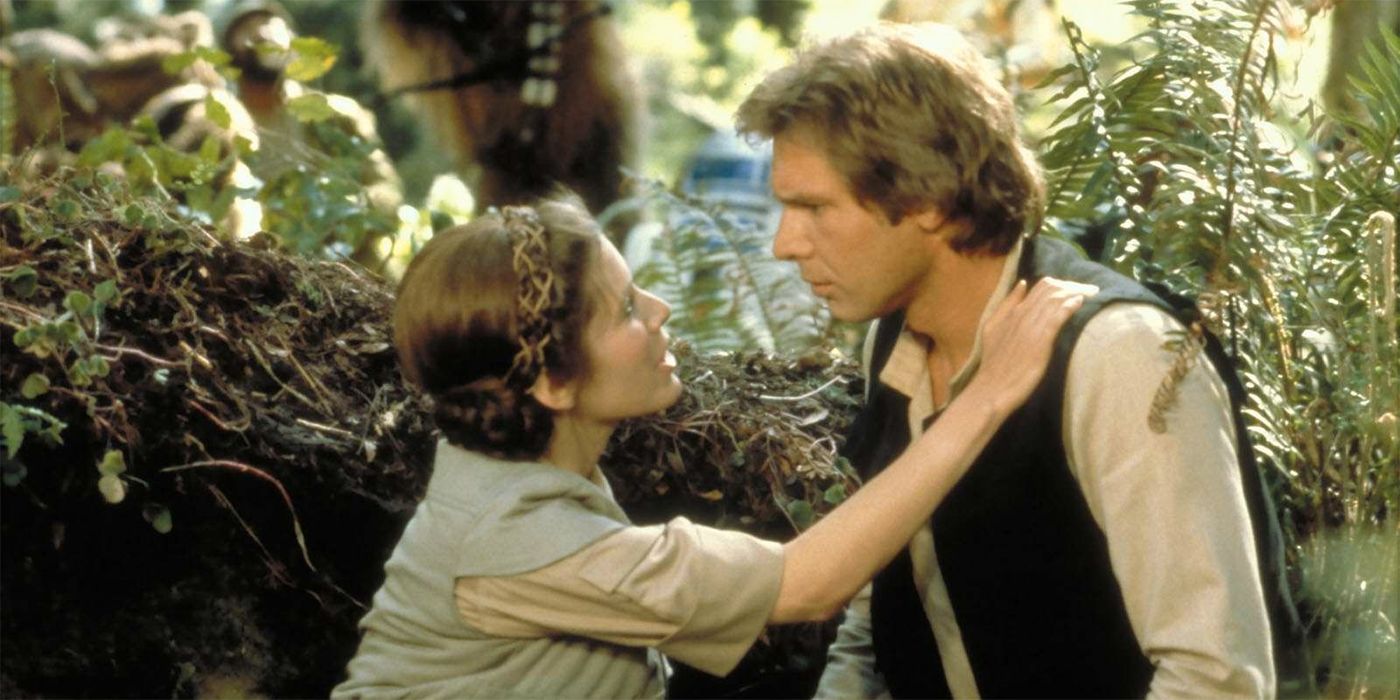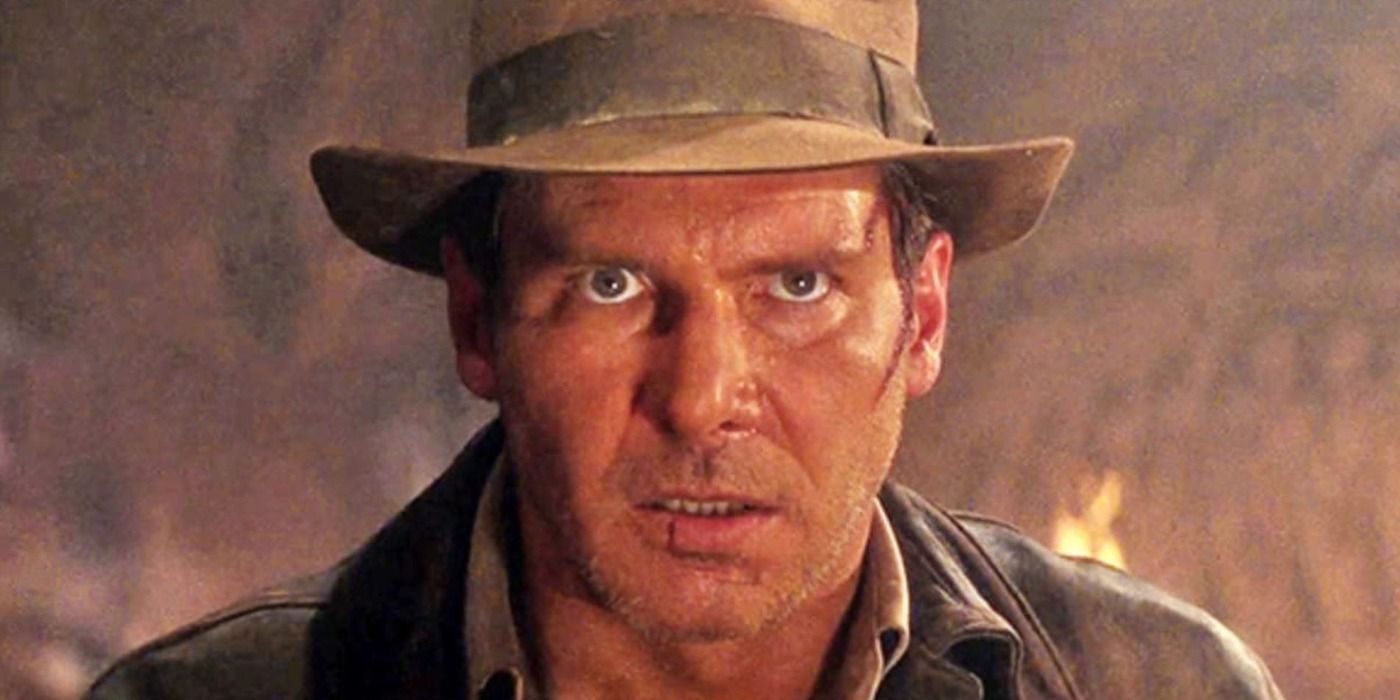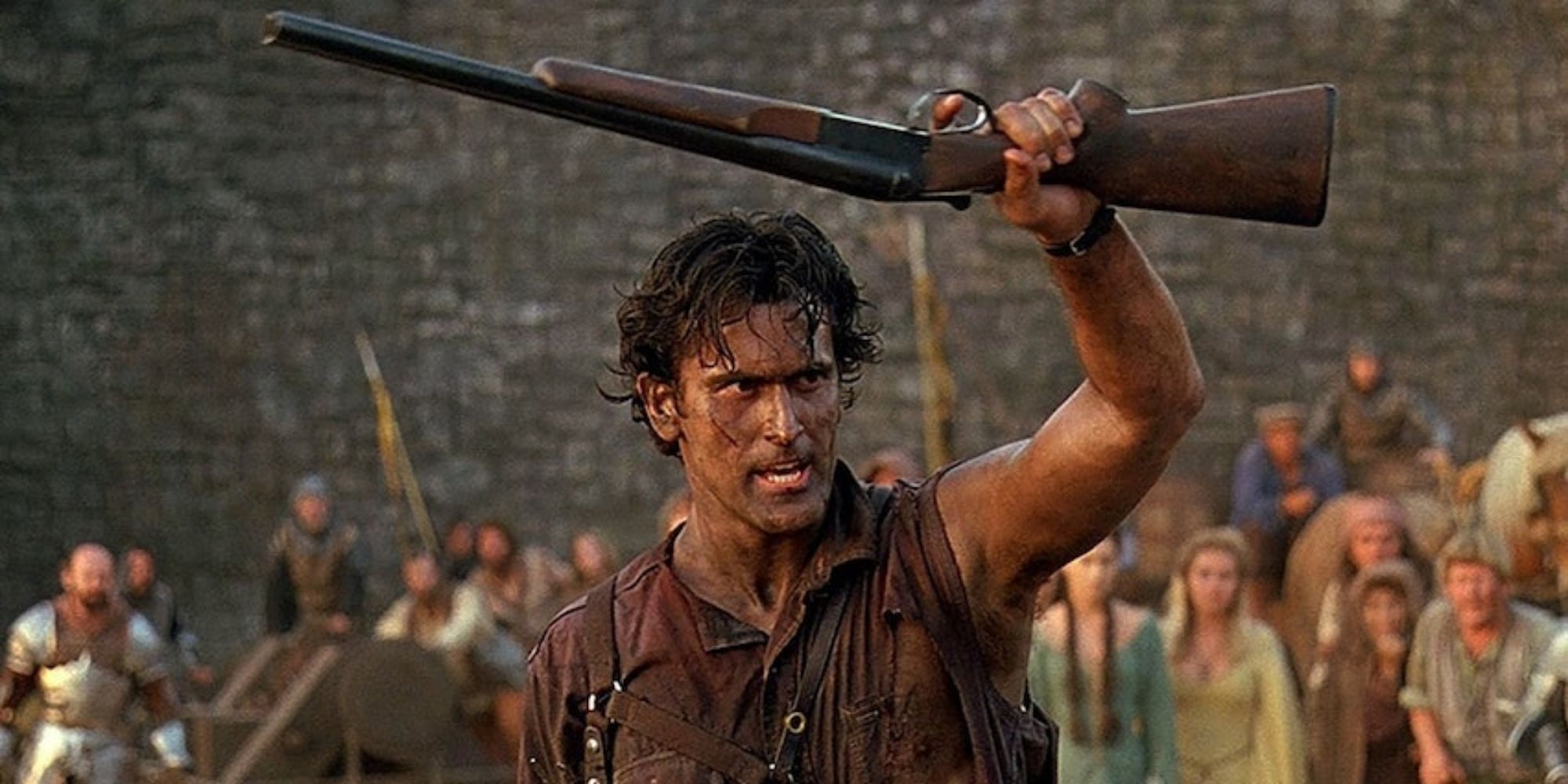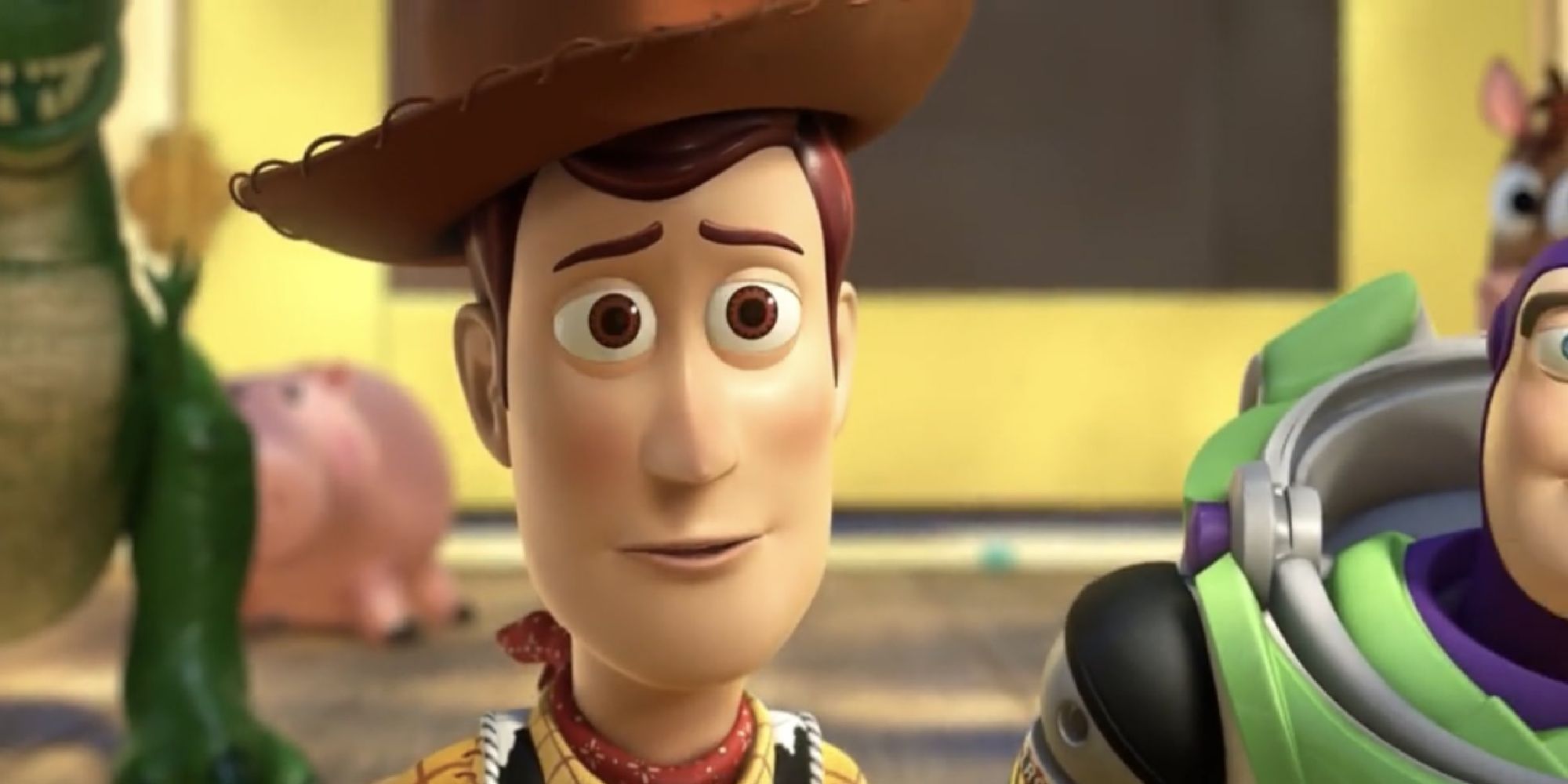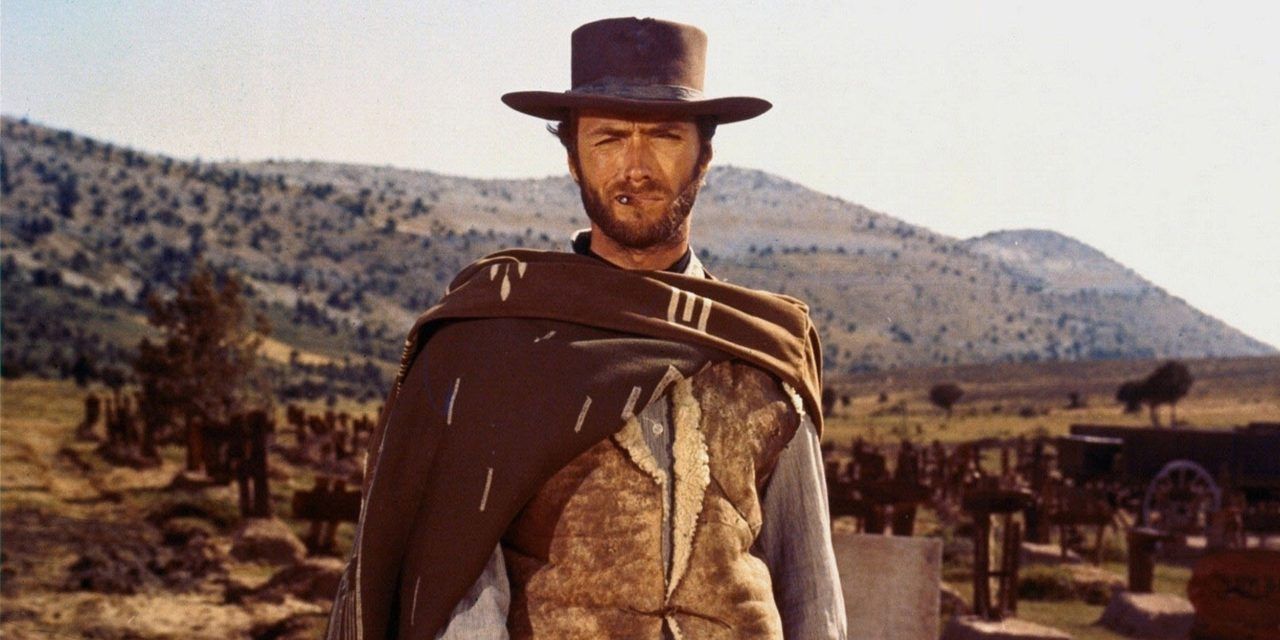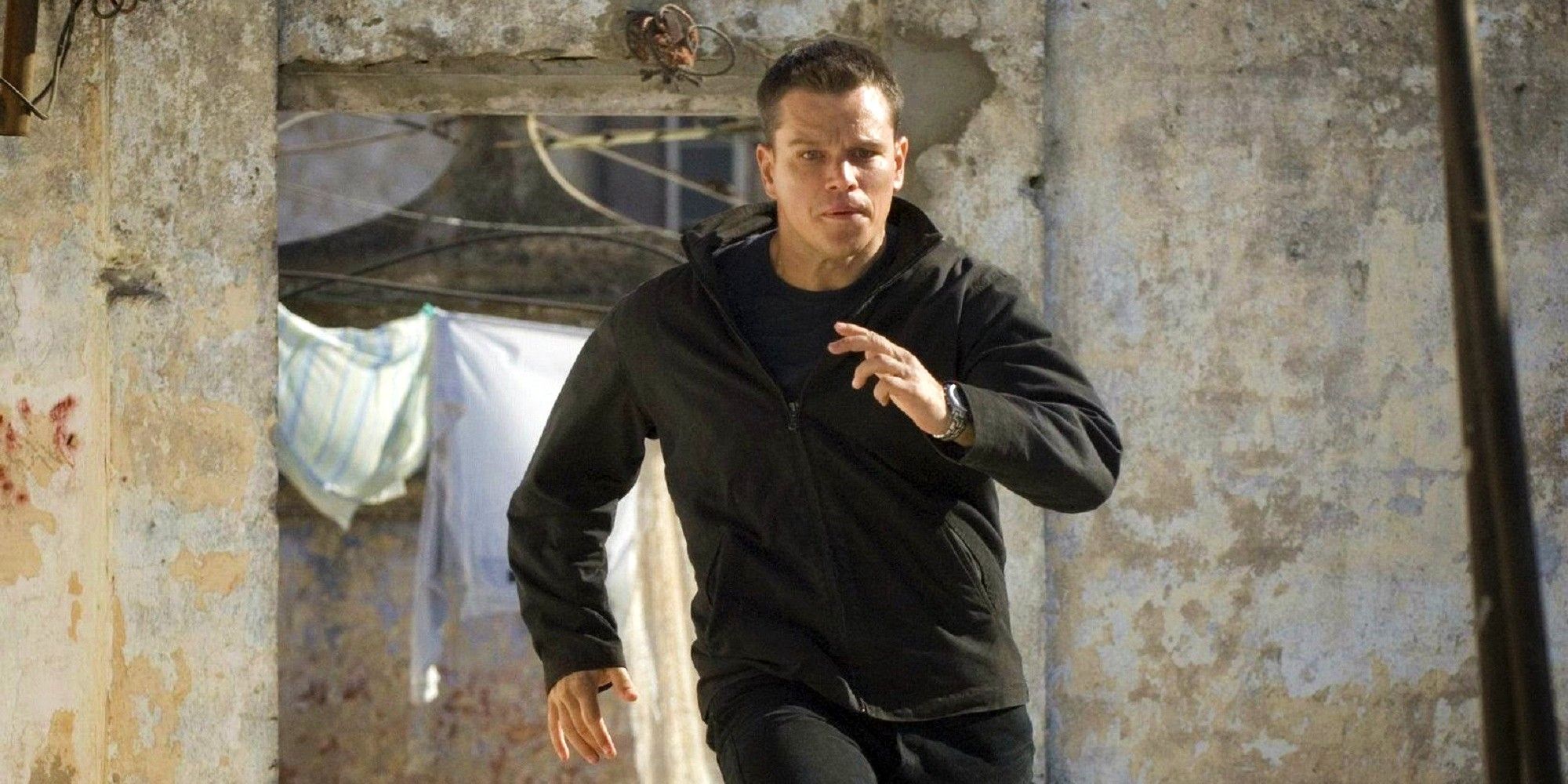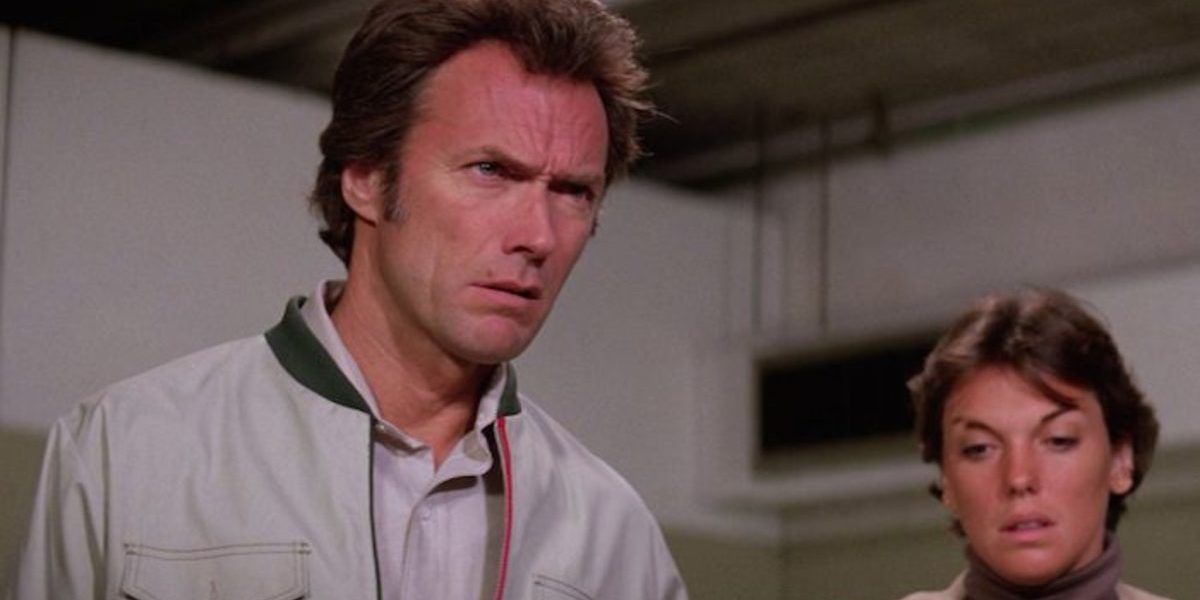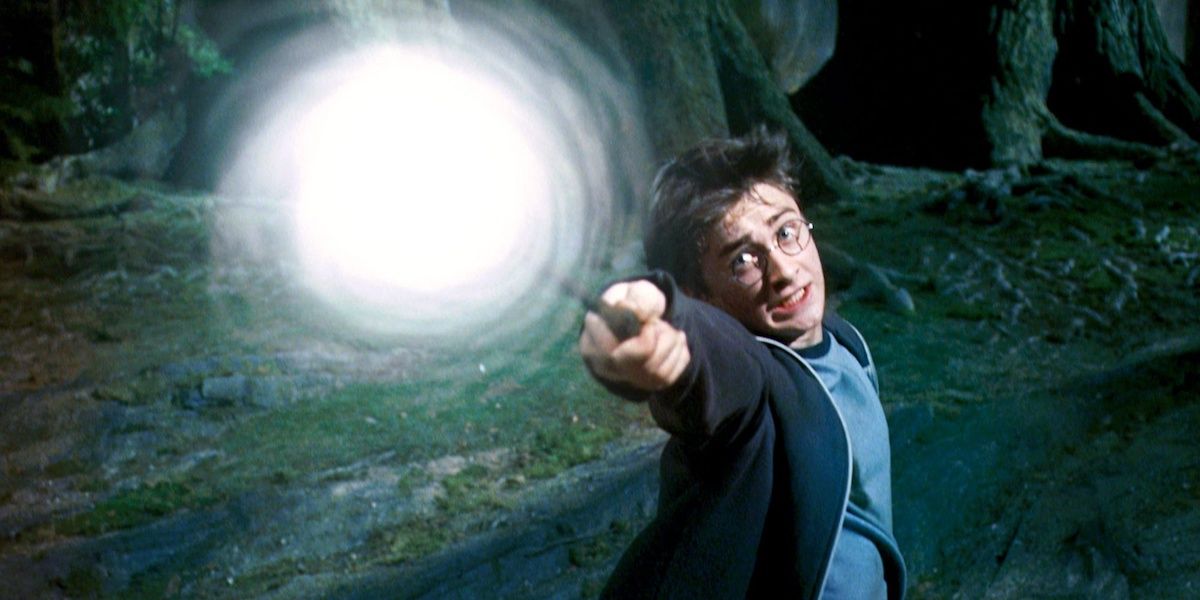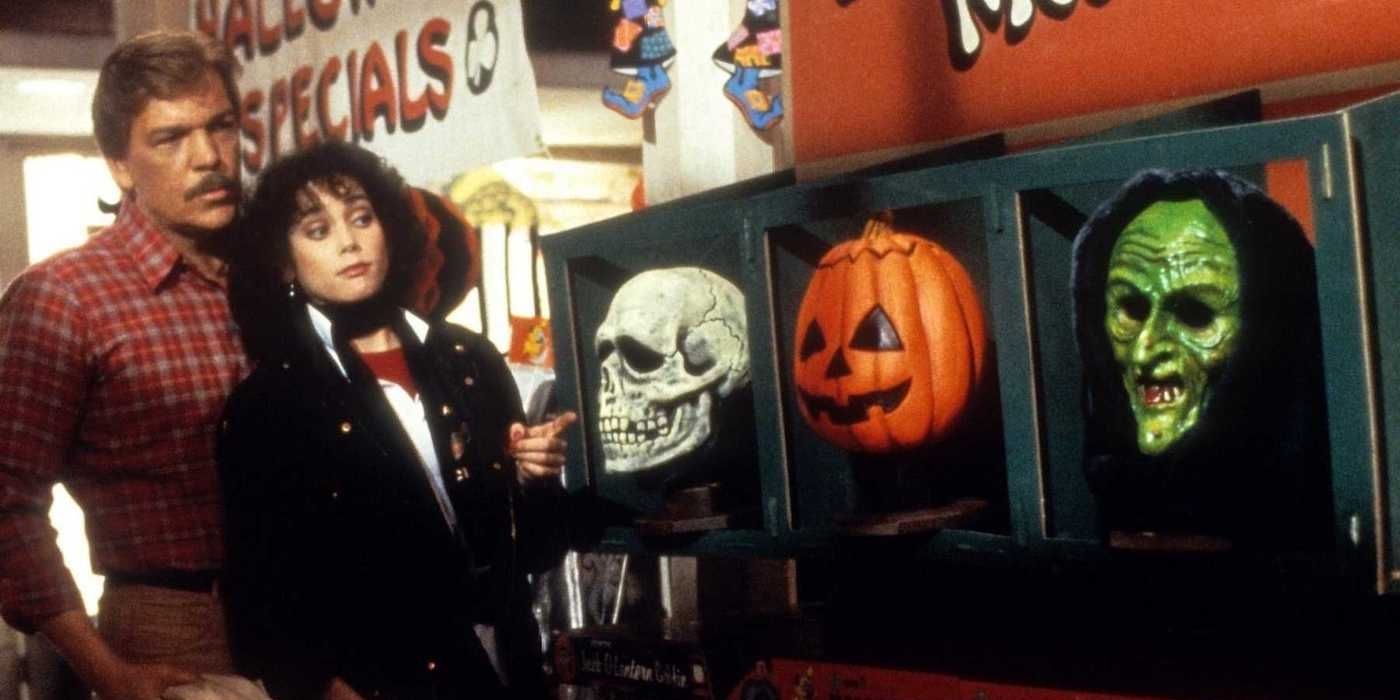The third movie of a trilogy, or franchise, comes with a lot of pressure. It has to live up to, or be better than, its predecessors. It has to tie up the trilogy storyline with a satisfying resolution, or, in the case of third movies in a franchise, simply not drop the ball. It has to be worthy of the time the viewers have spent on the franchise to date and, if all goes well, keep the interest alive in the films that follow. If it goes wrong on any of these points it, potentially, taints the franchise in the eyes of the viewers. Alien3, for example, angered the fan base, who had devoted their time to the first two films, by killing off two beloved main characters from Aliens right away, and by doing so made it difficult for the next film to succeed. Sam Raimi's Spider-Man: 3 wrapped up the storyline, but didn't live up to the first two installments. But when it hits the right points - like a Back to the Future III or Captain America: Civil War - it can be magical.
Star Wars: Episode VI - Return of the Jedi (1983)
Return of the Jedi had huge expectations. The Empire Strikes Back, the second in the original Star Wars trilogy, was borderline perfect, and the franchise itself was a worldwide phenomenon. Jedi was never going to match the critical acclaim that Empire received, but it did have to deliver, at the very least, a spectacle worthy of the brand. And on that front, it wildly succeeded. Jedi delivered everything that the fans wanted, from confirming Han Solo (Harrison Ford) was still alive in the opening minutes, to a full-out space dogfight between Imperial and Rebel ships, an epic lightsaber duel between Luke Skywalker (Mark Hamill) and Darth Vader (David Prowse), and the Rebel victory that saw the Empire fall. It even delivered things that the fans didn't know they wanted: Jabba the Hutt (Larry Ward), Imperial speeder bikes, a furry but ferocious group of Ewoks, and the Emperor (Ian McDiarmid) himself.
The Lord of the Rings: The Return of the King (2003)
Director Peter Jackson, in the first two The Lord of the Rings films, brought Tolkien's Middle Earth to vibrant life, creating grand, sweeping epics the likes of which Hollywood hadn't seen in years... and possibly ever. They drew people into a fantasy realm for literally hours as they followed young Frodo (Elijah Wood) on his quest to destroy the One Ring. The Return of the King rewarded those viewers richly, with a film - somehow - even more grand, with huge battle scenes and quiet, personal moments with characters, all infused with true emotion and spirit. It wrapped up the trilogy perfectly, even with an endless parade of endings.
Indiana Jones and the Last Crusade (1989)
Raiders of the Lost Ark introduced the world to Indiana Jones (Harrison Ford), the unkempt adventurer/archeologist fighting off Nazis in pursuit of the Ark of the Covenant. The film, and its star, was a fun, throwback adventure that captured the imagination of millions. Its follow-up, Indiana Jones and the Temple of Doom, was also successful, but was criticized for being a darker, borderline racist tale with unnecessary supporting characters that didn't seem to fit in with the mythology that the first film had begun. Indiana Jones and the Last Crusade corrected the course of the franchise, bringing the fun and adventure back as Indy and his father Professor Henry Jones, Sr. (Sean Connery) hunt for the elusive Holy Grail.
Army of Darkness (1992)
The third in the Evil Dead series of films continues the story of Ash Williams (Bruce Campbell), who was transported to the year 1300 at the end of Evil Dead 2 and now must find the Necronomicon in order to return home... and help fight off the army of Deadites he inadvertently releases when he finds it. Director Sam Raimi skews more heavily towards comedy in Army of Darkness, and Campbell is up to the task. The film is director and actor working together to create a camp masterpiece, with an unending series of one-liners ("Gimme some sugar, baby") and spectacular Deadite kills at the hands - well, one hand and a chainsaw - of Ash. It complements the first two films but is also highly enjoyable on its own.
War for the Planet of the Apes (2017)
War continues the story that began with 2011's Rise of the Planet of the Apes as Caesar's (Andy Serkis) attempts to maintain peace have been fruitless, with apes and humans in armed conflict. When soldiers led by Colonel McCullough (Woody Harrelson) inflict heavy losses on the apes, including Caesar's wife and son, Caesar seeks vengeance and leads the apes into battle. The film shows how it is now the apes that offer empathy and a higher moral standard than the humans who are now reverting to a primitive state. It also ends Caesar's story brilliantly.
Toy Story 3 (2010)
Isn't Andy (John Morris) getting a little old for his toys? Oddly enough, he is, and on his way to college. Unfortunately, the toys end up at Sunnyside Daycare, which at first is ideal until they realize it's more of a dictatorship led by Lotso Bear (Ned Beatty), a toy that was accidentally left behind by his girl and replaced. Woody (Tom Hanks), who manages to escape into the home of Bonnie (Emily Hahn), knows he has to go back and save his friends. Toy Story 3 is a rollercoaster, with genuine moments of fear, comedy, and an emotional goodbye as Andy leaves his toys in the imaginative hands of Bonnie.
The Good, The Bad and The Ugly (1966)
The third in director Sergio Leone's Dollars trilogy follows three gunslingers as they race against each other to find a treasure in the form of Confederate gold: the Good (Clint Eastwood), the Bad (Lee Van Cleef), and the Ugly (Eli Wallach). The film is a greatest hits, for lack of a better word, of Leone, with his distinctive mark of violence, tension and gunfights placed front and center throughout, while lead Clint Eastwood rode the film, the "definitive Spaghetti Western", into Hollywood stardom.
Spider-Man: No Way Home (2021)
The MCU's success rate with third movies is remarkable, with the likes of Thor: Ragnarok and Avengers: Infinity War being hits with critics and fans alike. But the third movie that really struck a chord with moviegoers is Spider-Man: No Way Home. It's no contest. Tom Holland delivers a performance that is funny and heartbreaking, fleshing out Peter Parker far deeper than the first two Spider-Man films. The film itself flawlessly achieves its objective as well, bringing together the past and the present, the MCU and the Sony Spiderverse, in a way that was the talk of media platforms for weeks.
The Bourne Ultimatum (2007)
The Bourne Ultimatum is more of the same, only better. Matt Damon's Jason Bourne continues to seek information about who he was before Operation Treadstone, while evading assassins sent by CIA director Noah Vosen (David Strathairn) from the new and improved Operation Treadstone, known as Operation Blackbriar. Damon is now in full command of the character, and it shows. He is Jason Bourne, allowing him to elevate the character to new levels, and director Paul Greengrass affords him the luxury to do so.
The Enforcer (1976)
Like Matt Damon's ownership of the Jason Bourne character, Clint Eastwood settles into his role as Inspector "Dirty" Harry Callahan fully by the time the third of the Dirty Harry films, The Enforcer, is released. In it, Callahan is assigned to stop the terrorist organization "The People's Revolutionary Strike Force", who have struck fear into the citizens of San Francisco with a series of explosions and other militant chaos. There simply is no one like Eastwood, but Tyne Daly holds her own and more against the screen legend as his latest partner (and he's thrilled to be working with a female... not). The film's use of iconic San Francisco landmark Alcatraz is a nice touch as well.
Harry Potter and the Prisoner of Azkaban (2004)
Director Alfonso Cuarón would take over from director Chris Columbus in this, the third in the Harry Potter series of films. He ushers in a new era that takes the franchise from family-friendly fantasy into a darker, more serious direction which mirrors the same tonal change from the book. The young cast, in particular leads Daniel Radcliffe, Emma Watson, and Rupert Grint, have also matured into their roles, and more importantly matured into seasoned actors. Along with Gary Oldman's excellent turn as Azkaban escapee Sirius Black, it becomes a perfect storm that makes Prisoner of Azkaban a high mark for the franchise.
Halloween III: Season of the Witch (1982)
If you were told that there was a film in the Halloween franchise that didn't include boogeyman Michael Myers, would you believe it? And what if you were told that the film is one of the better installments, with a clever dig at consumerism that's about as subtle as being hit with an anvil, but didn't get recognized as such until well after it was released? Ladies and gentlemen, meet Halloween III: Season of the Witch. The story focused on an investigation into the Silver Shamrock Corporation, maker of children's Halloween masks, and its evil head Conal Cochran (Dan O'Herlihy), who plans on using a combination of ancient rituals, witchcraft, technology and small pieces from Stonehenge in the masks to brainwash children around the world and kill millions. The anthology series idea was scrapped with the return of Myers in the next film, but Halloween III remains an innovative experiment, a unique entry in the franchise.

